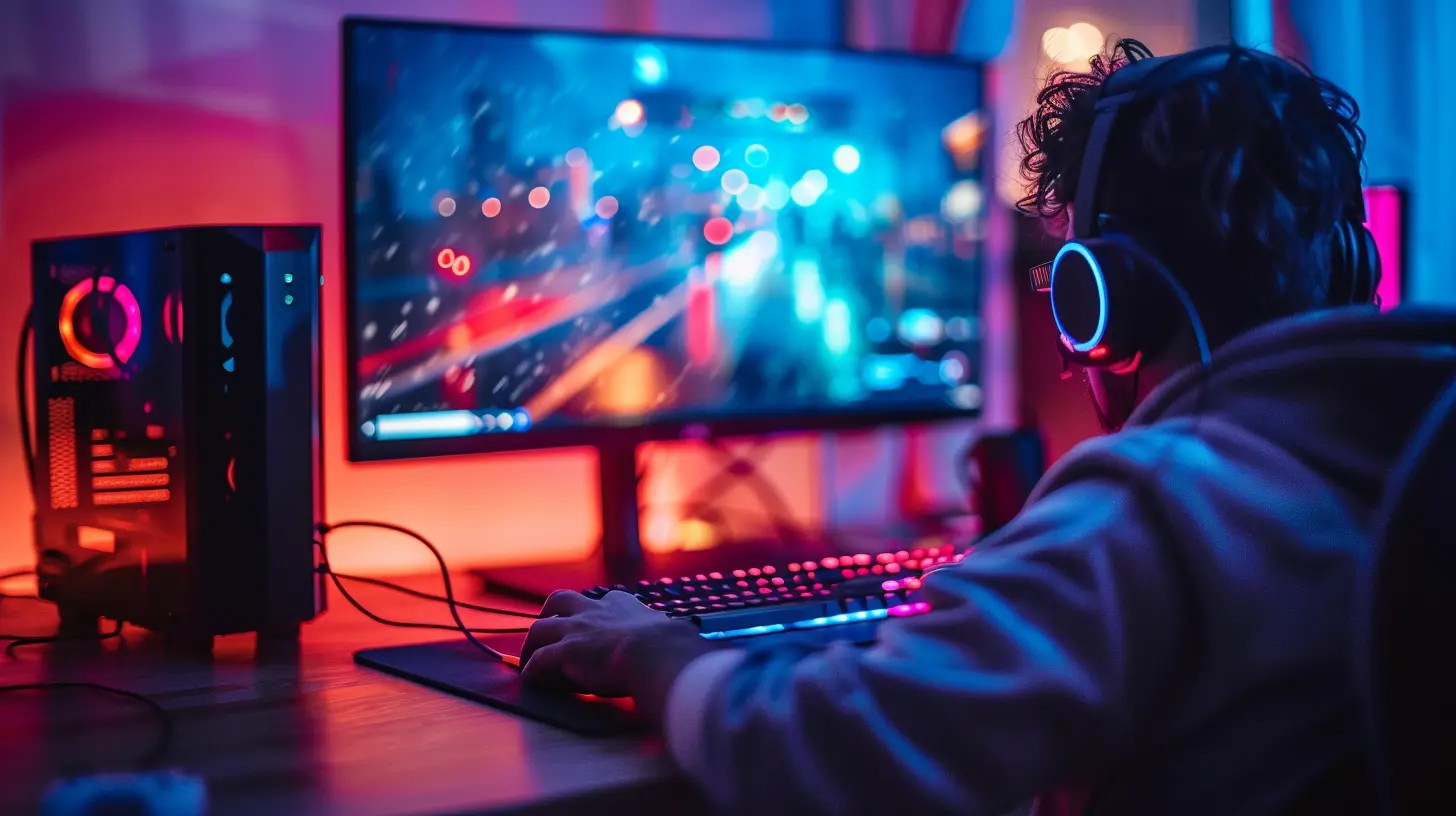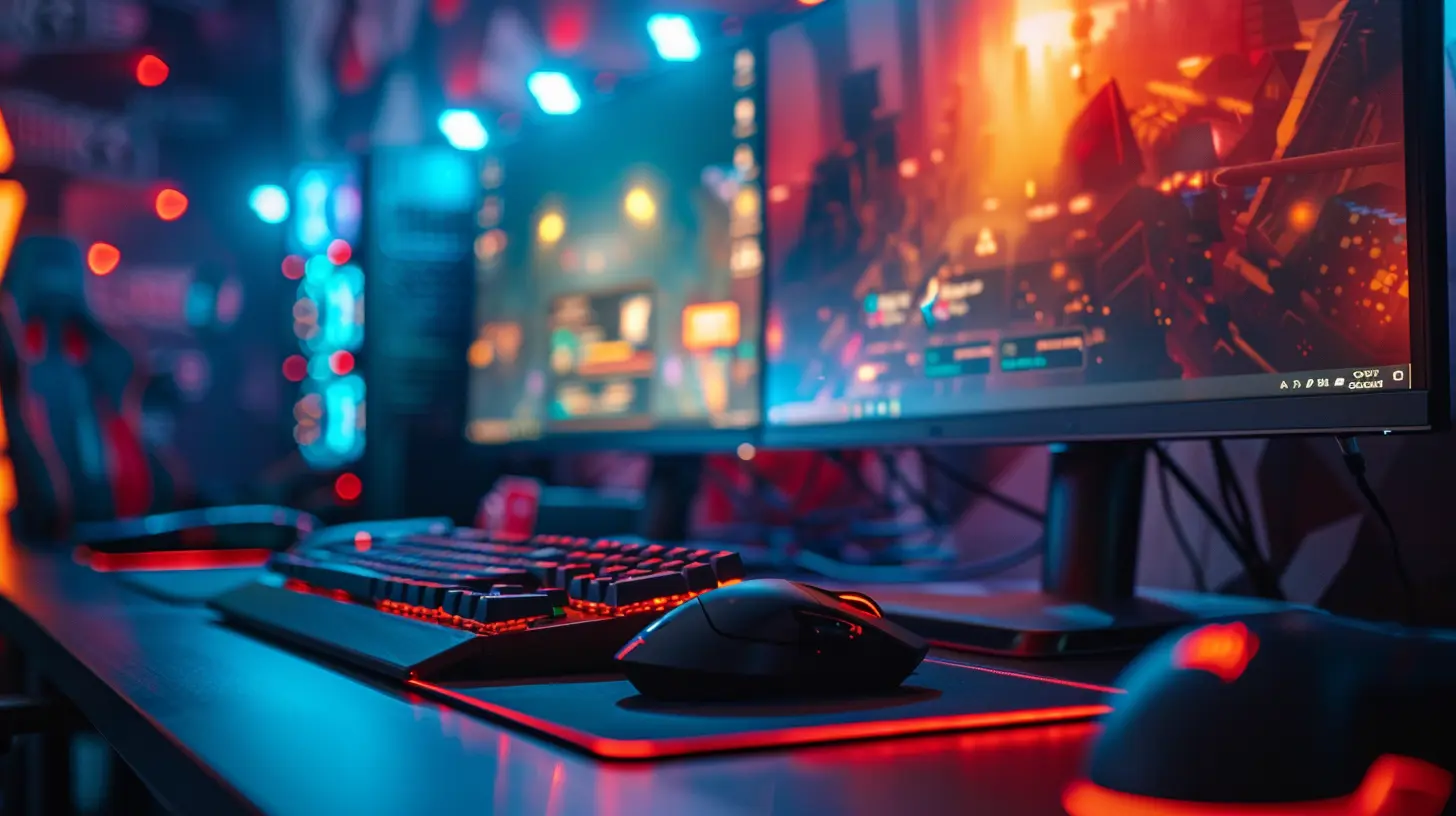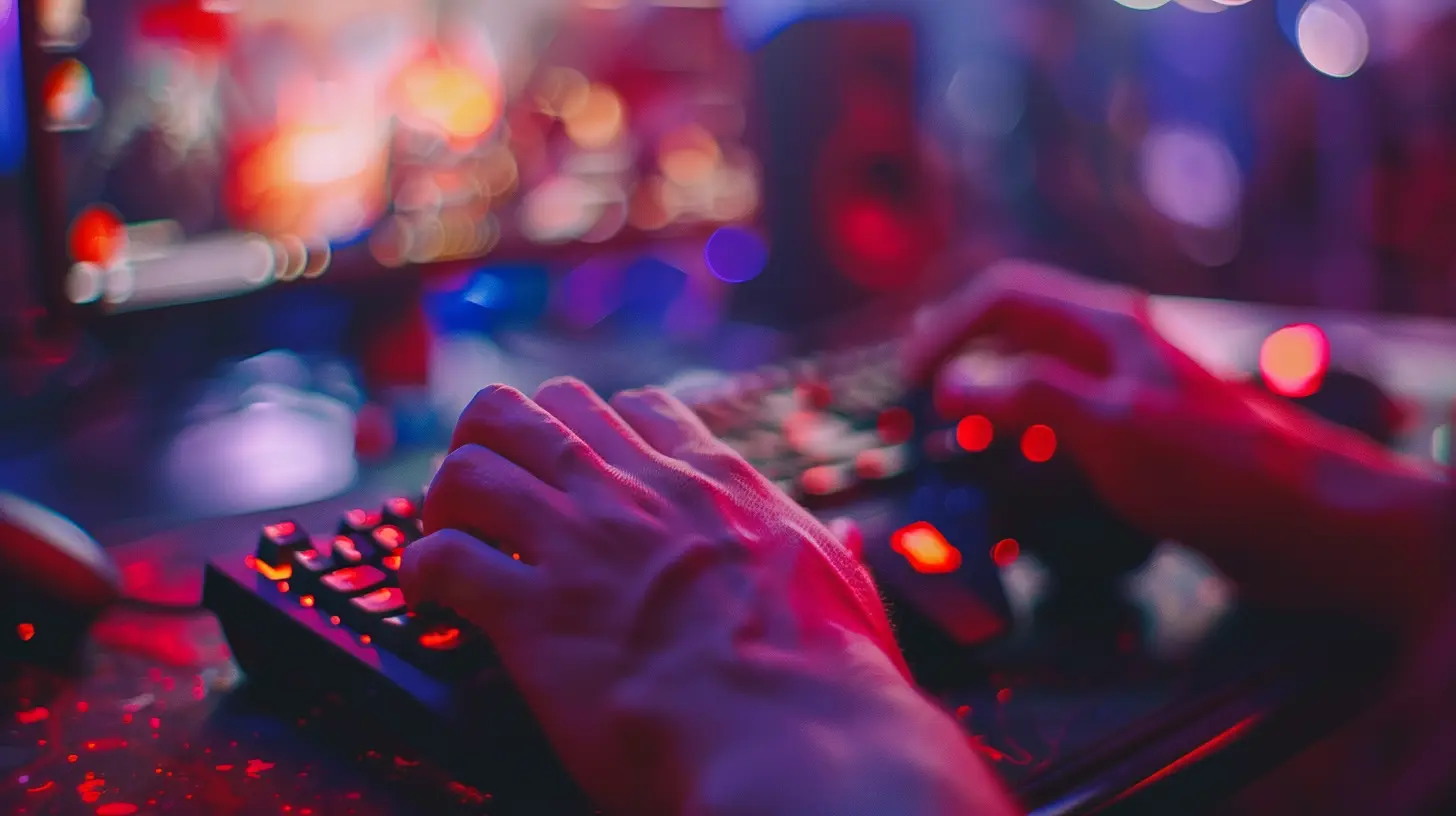Optimizing Steam for Low-End PCs: Tricks to Keep Your Games Running
27 September 2025
Let’s face it – we don’t all have top-of-the-line gaming rigs that can run the latest AAA games at max settings without breaking a sweat. Some of us are working with older or low-end PCs that simply weren’t built for heavy gaming loads. But that doesn’t mean we can’t squeeze out every last drop of performance! If you're using Steam as your game hub, there are plenty of tips and tricks to make your games run smoother on a low-end machine.
So, roll up your sleeves, and let’s dive into optimizing Steam for low-end PCs. By the time you're done reading, you’ll turn your potato PC into a lean, mean gaming machine (well, as much as it can be)!
Why Bother Optimizing Steam in the First Place?
Think of Steam as the control center of your PC gaming world. It’s where you launch your games, manage your library, and often where you troubleshoot issues. But here's the kicker – Steam itself can be a resource hog if you leave it unchecked. It runs background processes, downloads updates, and even uses memory for features like the Store and Community Hub.On a low-end PC, every megabyte of RAM and every ounce of processing power counts. By tweaking Steam settings, you can carve out some breathing room for your games, giving them a better chance to shine on your humble hardware.
Step 1: Slimming Down Steam’s Overhead
1.1 Disable Steam’s Auto-Startup
Steam loves to start itself as soon as you boot up your computer. While that’s convenient, it’s also unnecessarily eating up system resources from the get-go.How to fix it:
- Open Steam.
- Click Steam in the top-left corner.
- Go to Settings > Interface.
- Uncheck “Run Steam when my computer starts”.
This one small tweak can free up your startup resources and make your PC boot faster. Game-changer, right?
1.2 Reduce Steam’s Client Impact
Steam comes with a lot of bells and whistles, like animations, notifications, and its sleeker Big Picture mode. But let’s be real – your low-end PC doesn’t have time for all that luxury.Here’s what you can disable:
- Go to Settings > Interface and uncheck:
- “Enable animated avatars.”
- “Enable Steam overlay for videos.”
- Switch to Small Mode under the View menu. This minimizes Steam’s interface, reducing its impact on your RAM.
Turning off these visual extras is like telling Steam, “Hey, I don’t need the fluff. Just get the job done!”
Step 2: Optimizing Game Performance on Steam
2.1 Verify Integrity of Game Files
Have you ever had a game stutter or crash randomly? Corrupted game files could be the culprit, and Steam gives you a built-in fix for this.How to do it:
1. Right-click on your game in the library.
2. Select Properties > Installed Files > Verify integrity of game files.
Steam will scan and replace any missing or corrupt files, ensuring your game runs as intended. It’s like giving your game a health check-up!
2.2 Lower Game Settings
Okay, I know this one is obvious, but it’s worth mentioning. Some games auto-detect your hardware and crank graphics settings too high. Always take a moment to manually lower the settings in your game’s options menu.Here’s what to focus on:
- Reduce settings for Shadows, Anti-Aliasing, and Textures. These are resource-heavy.
- Set game resolution to match your monitor’s native resolution unless it's struggling.
- If needed, enable Windowed Mode for older hardware – it’s less demanding.
Low graphics settings may not feel cinematic, but hey, it’s better than playing a slideshow.
2.3 Launch Options: Customize Game Startup
Steam lets you add custom launch options, which are little commands that help direct how a game runs. For low-end PCs, this is a fantastic way to squeeze out extra performance.Here’s how:
1. Right-click your game and select Properties.
2. Look for the Launch Options text box.
3. Add commands like:
- `-novid` (skips intro cutscenes).
- `-high` (gives your game higher priority in CPU usage).
- `-dxlevel 81` (forces DirectX 8.1 for older games).
- `-w [your resolution] -h [your resolution]` (forces specific resolution settings).
It’s like giving your game a cheat sheet for running better on older hardware.
Step 3: Freeing Up System Resources
3.1 Close Background Processes
Here’s a harsh truth: Your PC doesn’t have the horsepower to juggle a dozen things at once. Before gaming, close unnecessary apps hogging resources. Browsers, chat apps, and even antivirus scans can drag your system down.Pro Tip: Use Task Manager (Ctrl + Shift + Esc) to identify what’s eating up CPU, RAM, and Disk usage. End anything you don’t need!
3.2 Manage Windows Power Settings
By default, Windows might be set to a “Balanced” power plan, which limits performance for lower energy consumption. For gaming, you’ll want to switch to “High Performance.”Here’s how:
1. Open Control Panel > Power Options.
2. Select High Performance or create a custom plan focused on performance.
It’s like giving your PC a shot of espresso to keep it awake and alert.
3.3 Use Lightweight Antivirus Solutions
Some antivirus programs can be resource-heavy, constantly scanning in the background. If possible, switch to a lightweight solution or temporarily pause full-system scans during gaming sessions.WARNING: Be cautious while disabling antivirus software, and only do it if you’re confident your system is safe.
Step 4: Utilizing Steam’s Built-In Tools
4.1 Enable Steam Proton for Performance Boost
If you love playing older Windows games on a Linux-based system, Steam Proton can help optimize performance. Even on Windows, Proton tweaks can sometimes make older games run smoother.Head into Settings > Steam Play, and enable Proton for supported and all games. It’s worth experimenting to see if it helps your frame rates.
4.2 Preload or Cache Game Files
Steam’s Shader Pre-caching can optimize how your GPU renders graphics during gameplay. (Translation: Fewer stutters in your games!)Here’s how to enable it:
1. Go to Settings > Shader Pre-Caching.
2. Make sure it’s turned ON.
Now Steam will download optimized shaders before launching supported games, saving your GPU from doing the heavy lifting mid-game.
4.3 Use Steam’s FPS Counter
Lastly, enable Steam's built-in FPS counter to track performance. Go to Settings > In-Game and turn on the FPS overlay. This little tool gives you real-time feedback on whether your tweaks are working.Step 5: Hardware Upgrades on a Budget
Sometimes, no amount of optimization will fix your PC’s limitations. If you’re hitting a wall, consider minor, budget-friendly upgrades:- Add more RAM: 8GB should be your baseline for modern gaming.
- Upgrade to an SSD: If you’re still using an HDD, swapping to an SSD can massively improve load times.
- External GPU devices (eGPUs): If you’re on a laptop, this might be an affordable way to beef up your graphics capability.
Even one small upgrade can breathe new life into your PC!
Wrapping It Up
Optimizing Steam for low-end PCs doesn’t require you to be a tech genius. With just a few tweaks here and there, you can significantly improve performance and keep your games running smoothly. Don’t be afraid to experiment with the settings mentioned above and focus on freeing up resources for what matters most – your games.Remember, gaming on a budget doesn’t mean you can’t have fun. It’s all about making the most of what you’ve got. So, give these tips a try, and let me know which one made the biggest difference for you!
all images in this post were generated using AI tools
Category:
SteamAuthor:

Lucy Ross
Discussion
rate this article
1 comments
Mason McFadden
Who needs a high-end PC when you have the magical powers of Steam optimization? Time to unleash the potato!
October 4, 2025 at 4:56 AM

Lucy Ross
Absolutely! Steam optimization can work wonders, even on low-end PCs. Embrace the potato power!


